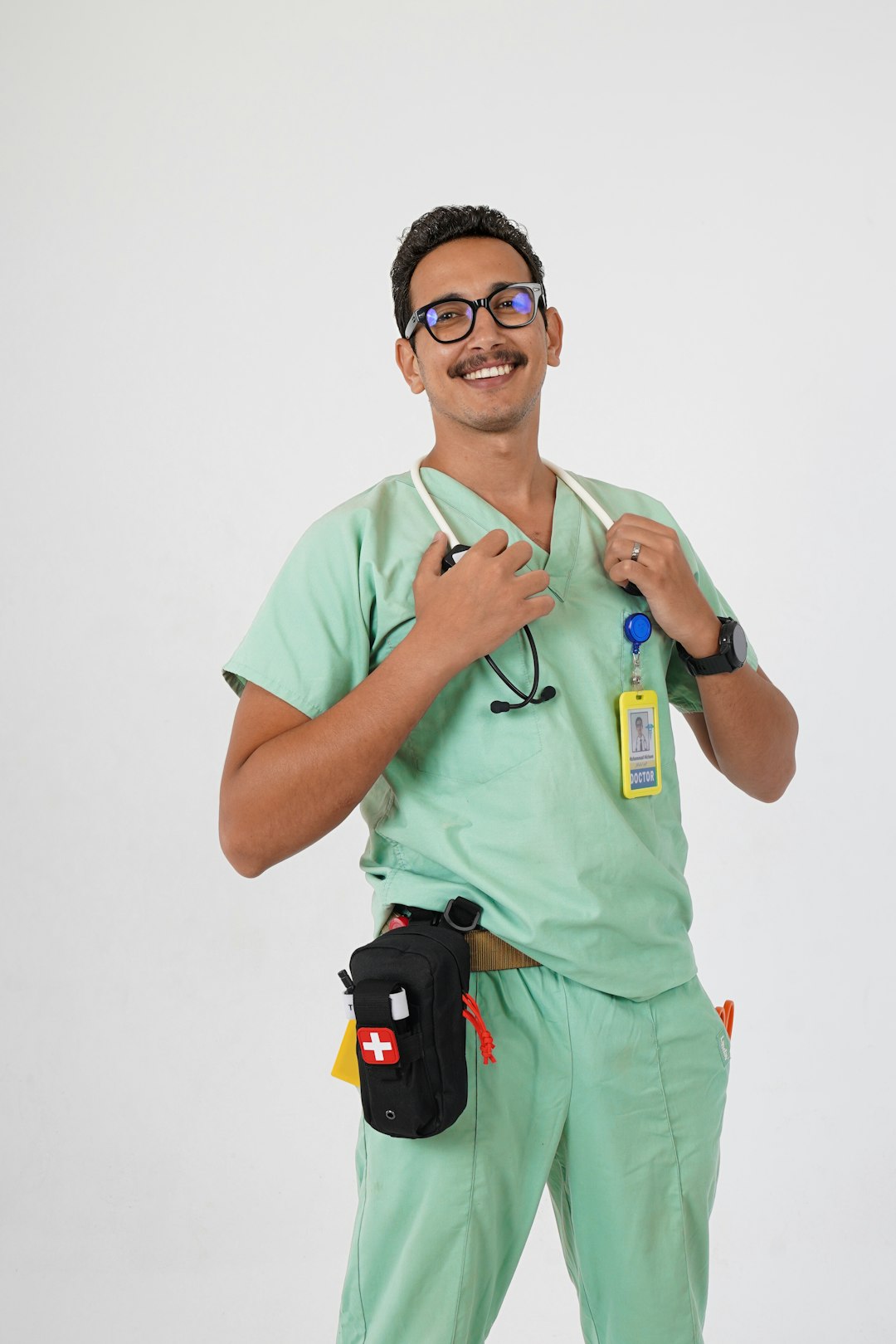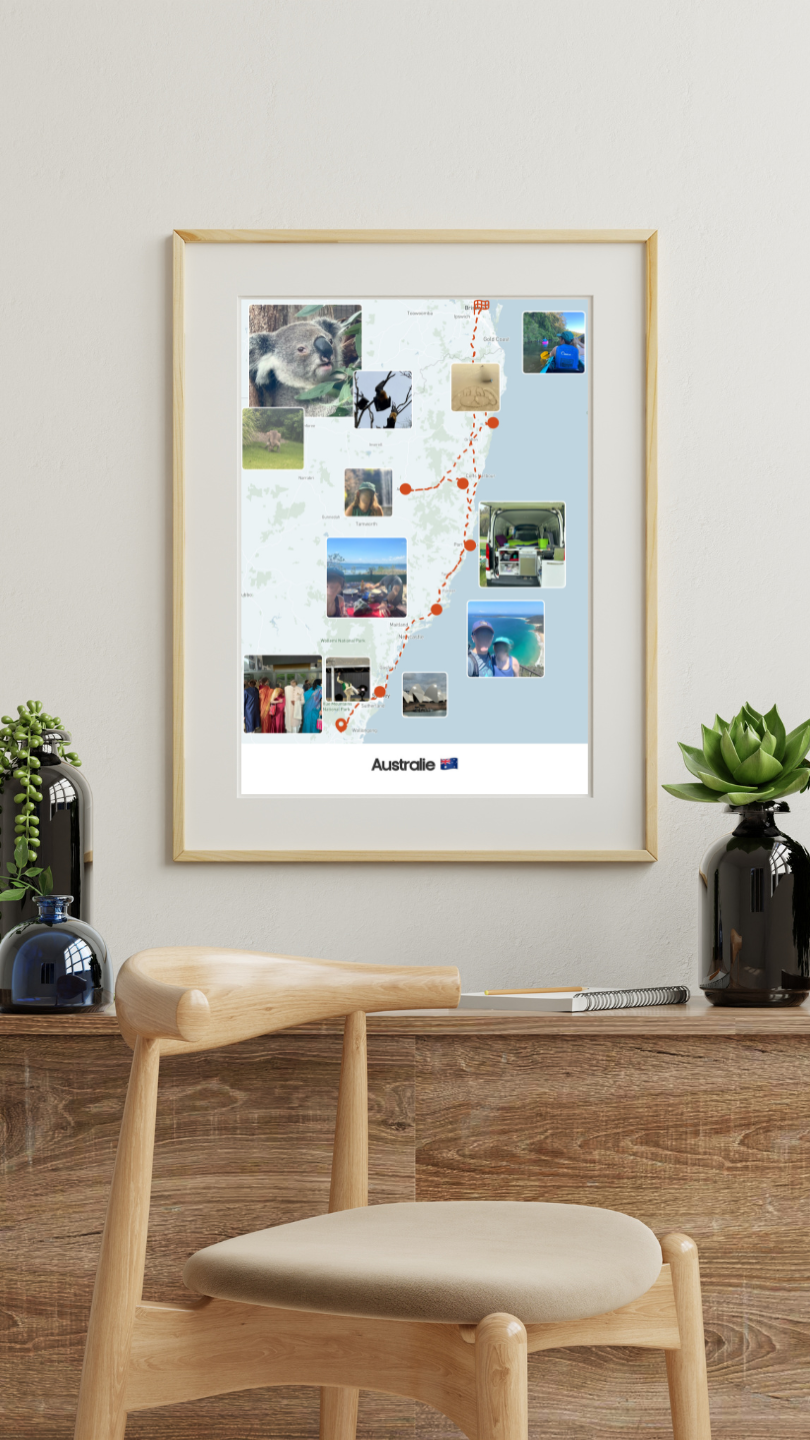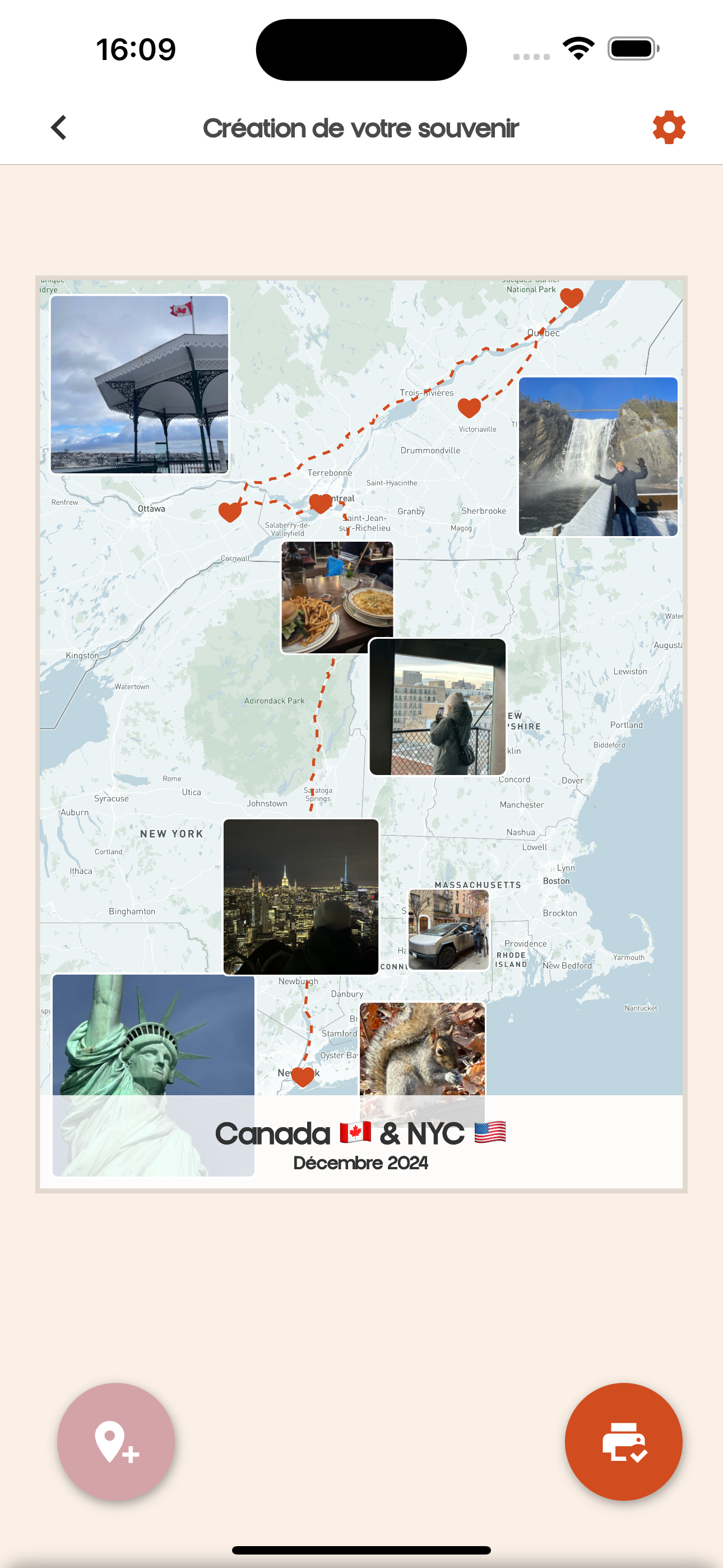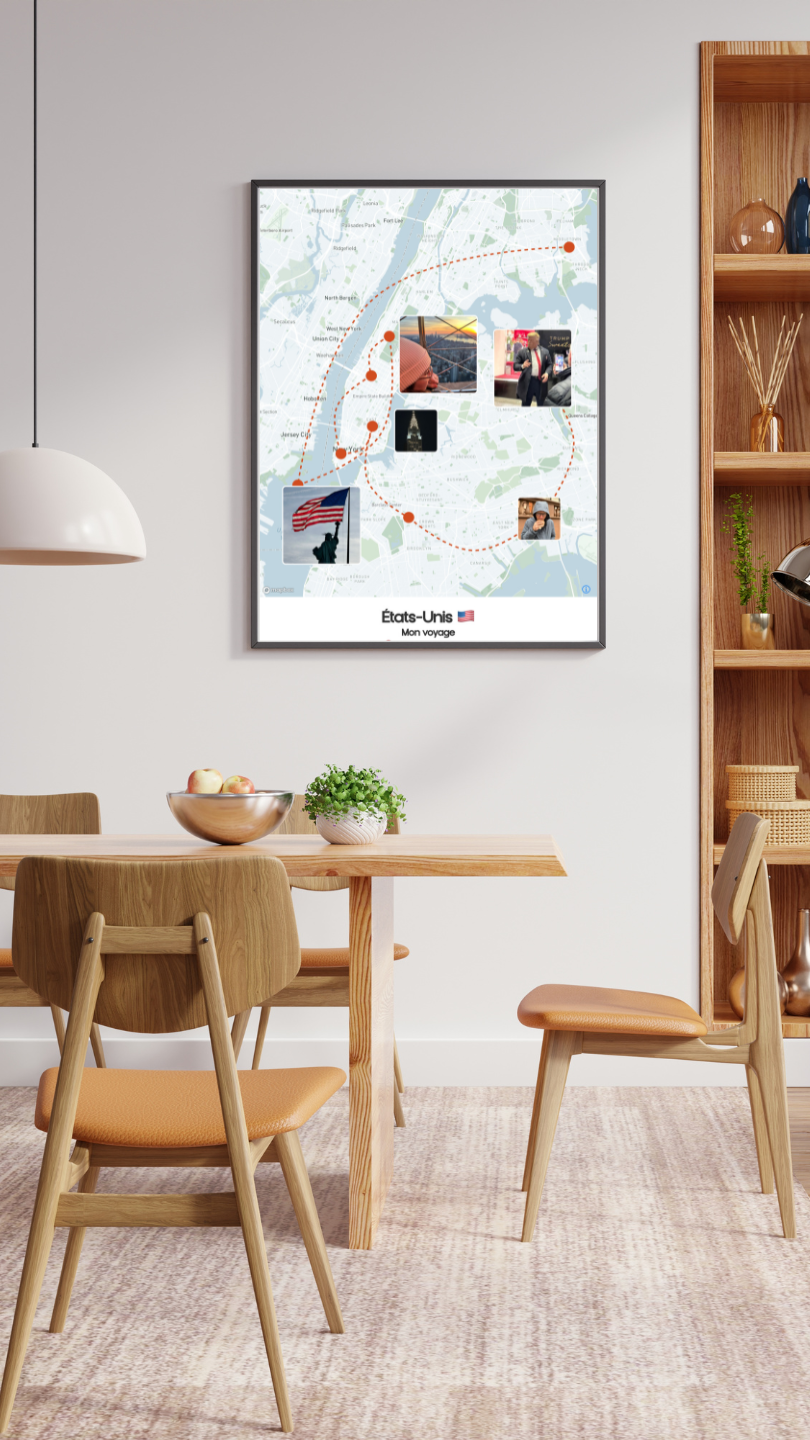When traveling, being prepared for all eventualities is essential, especially regarding health. A well-equipped first aid kit can make all the difference in case of an accident or minor illness. In this guide, we will explore the key items to include in your travel first aid kit, practical tips on how to prepare it, and tricks for using it effectively. 🚑🌍

Introduction - Comprehensive Guide to Preparing Your Travel First Aid Kit
Why Have a Travel First Aid Kit? - Comprehensive Guide to Preparing Your Travel First Aid Kit
A travel first aid kit is essential to protect against unexpected situations. Whether traveling abroad or within your own country, you may encounter situations where immediate medical care is necessary. From minor injuries like cuts and burns to more serious health issues, having the right supplies on hand can help you manage these emergencies without panic.
Moreover, a well-stocked first aid kit gives you peace of mind, allowing you to enjoy your trip without unnecessary stress.
Essential Items for a First Aid Kit - Comprehensive Guide to Preparing Your Travel First Aid Kit
Here is a list of items you should consider for a complete first aid kit:
- Adhesive bandages of various sizes
- Sterile gauze pads
- Antiseptic (solution or wipes)
- Pain relievers (e.g., ibuprofen or acetaminophen)
- Allergy medications (like antihistamines)
- Disposable latex or nitrile gloves
- Scissors and tweezers
- Digital thermometer
- Burn cream or gel
- Rehydration solutions
When assembling your kit, think about tailoring the contents to your specific needs, considering your destination and your overall health.
Tips for Preparing Your First Aid Kit - Comprehensive Guide to Preparing Your Travel First Aid Kit
Preparing your first aid kit is a crucial step. Here are some tips to help you:
- Choose the right container: Make sure your kit is portable and sturdy enough to withstand travel.
- Check the contents: Regularly inventory your kit to ensure nothing is expired or missing.
- Label the contents: Using labels to quickly identify different items can be very helpful in an emergency.
- Add personal medications: If you take medications regularly, don’t forget to include them in your kit.
- Adapt it to your destination: Some destinations may require specific preparations like malaria prophylaxis or vaccinations.
Storing and Transporting the First Aid Kit - Comprehensive Guide to Preparing Your Travel First Aid Kit
Storing and transporting your first aid kit is essential. Ensure that it is easily accessible in your luggage. Avoid putting it at the bottom of a bag, risking losing precious time in an emergency. A well-organized kit will facilitate its use. Also, think about protecting it from the elements (moisture, heat) by choosing an appropriate container.
How to Use Your First Aid Kit? - Comprehensive Guide to Preparing Your Travel First Aid Kit
In case of emergency, knowing the items in your kit is as important as its content. Be sure to read the usage instructions, and familiarize yourself with the applications of different products. If you can, taking a first aid training course will give you greater confidence in handling medical situations.
Destination-Specific Items to Include - Comprehensive Guide to Preparing Your Travel First Aid Kit
Your destination can influence the content of your kit. For example:
- For tropical destinations, add insect repellent.
- For mountainous areas, consider supplies for blisters and inflammation.
- In rural areas, additional sterile bandaging may be necessary.
- A small first aid manual can also be helpful when traveling.
Conclusion - Comprehensive Guide to Preparing Your Travel First Aid Kit
Preparing your travel first aid kit is an essential step that should not be overlooked. By taking the time to carefully choose and prepare the contents, you ensure you are ready for any emergency situation, allowing you to travel with peace of mind. So don’t wait any longer, start preparing your first aid kit today! 🩹✈️
FAQ - Comprehensive Guide to Preparing Your Travel First Aid Kit
What should I include in my travel first aid kit?
For a complete travel first aid kit, it is advisable to include bandages, disinfectant, pain relievers, allergy medications, disposable gloves, and a digital thermometer. Adding specific supplies, like insect repellent for tropical travels, is also important. Tailor the contents to your personal needs and destination. Regularly check the expiration date of products and renew them as necessary.
How often should I check the contents of my first aid kit?
It is recommended to check the contents of your first aid kit at least once every six months. This ensures that the supplies are up-to-date and that nothing is expired. If you return from a trip, it’s also a good time to assess what has been used and what needs to be replaced. Staying vigilant about maintaining your kit ensures your safety on future adventures.
How should I store my first aid kit while traveling?
To store your first aid kit while traveling, opt for a waterproof container that is sturdy enough to withstand impacts. Make sure it is easily accessible and properly stored in your luggage rather than buried at the bottom. Avoid exposure to heat and moisture that could affect the products inside. Proper storage will ensure the integrity of your kit and give you peace of mind in case of need.
What medications should I include for international travel?
When traveling internationally, it is advisable to include common medications such as pain relievers, anti-diarrheal drugs, antihistamines for allergies, as well as destination-specific medications. For example, prophylaxis against malaria for certain areas. Always check your destination's laws regarding bringing medications. Consulting with a healthcare professional can also help prepare the right list.
Is it necessary to bring a first aid kit if I am traveling in a group?
Yes, even in a group trip, it is important for everyone to have their own first aid kit. Groups may split up or be far from medical access. An individual kit allows quick treatment of injuries without waiting to return to the gathering point. Each group member should be aware of their kit and the items inside it to manage any emergency effectively.
What common risks should I consider when preparing my first aid kit?
Risks vary depending on your destination and activities. Minor injuries such as cuts and scrapes are common, as well as headaches or allergies. You should also anticipate risks more specific to the planned activities (hiking, water sports). A risk assessment will help select the appropriate supplies to include in your first aid kit.
What training should I consider before traveling?
Before traveling, it is wise to consider taking a basic first aid training course. This will give you the necessary skills to use your first aid kit effectively. Look for courses offered by recognized organizations covering basic care, treating common injuries, and managing emergency situations. This can benefit not only yourself but also your travel companions regarding safety.
How can I assess my medical supply needs before leaving?
Assessing your medical supply needs starts with a good understanding of your overall health and any ongoing treatments. Also, consider any pre-existing medical conditions you or your companions may have. Think about your destination and the risks involved. Discussing with a healthcare professional can also help you establish a list of necessary items to include in your kit.
Where is the best place to buy a first aid kit?
There are many places where you can buy a first aid kit, including pharmacies, big-box stores, or even online. Be sure to check that the kit you choose is well-stocked and suited to the type of traveling you plan. You may also consider creating your own kit with specific supplies that best meet your needs.
Can I use a first aid kit for other situations besides travel?
Absolutely! A first aid kit is useful even outside of travel. You can use it at home, work, or during outdoor activities like camping. Having a first aid kit on hand is good practice for dealing with everyday emergencies. Don’t forget to adjust it according to places and activities, such as specific items for children if you travel with family.






